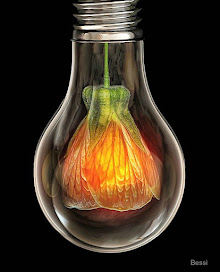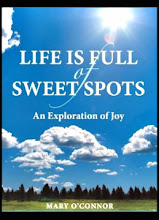The attribute of mercy was particularly important to the goddess Guan Yin. She was keenly aware that sickness, aging and death are unavoidable in this life and in one story is said to have introduced the tea plant to a farmer who tended a dilapidated temple that was dedicated to her. Guan Yin pointed out a tea bush and prescribed the method of infusion to the farmer. He then went on to introduce tea to his people. The name of the tea, translated from Chinese to English, is "Iron Goddess of Mercy". If you've ever reached for this tea after a night of overindulgent feasting then you've experienced the promise implied in its name.
 Vintage Oolongs, historically the drink of royalty and the elite, are making their way into the offerings of reputable tea purveyors in the United States. They are far more complex than first grade Oolongs which produce amber-hued infusions that are mildly astringent and redolent of chestnuts. 20 Year Aged Oolong from Radiance Tea House & Books in New York City is an impeccable example of what proper aging of a good Oolong tea can do. The process involves roasting the moisture from the tea (typically yearly) until the desired time has passed to achieve a proper vintage. The resulting brew is best appreciated in slow and mindful sips.
Vintage Oolongs, historically the drink of royalty and the elite, are making their way into the offerings of reputable tea purveyors in the United States. They are far more complex than first grade Oolongs which produce amber-hued infusions that are mildly astringent and redolent of chestnuts. 20 Year Aged Oolong from Radiance Tea House & Books in New York City is an impeccable example of what proper aging of a good Oolong tea can do. The process involves roasting the moisture from the tea (typically yearly) until the desired time has passed to achieve a proper vintage. The resulting brew is best appreciated in slow and mindful sips.Radiance Tea 20 Year Aged Oolong produces a ruby-colored liquor that begins with smokey fruity floral notes and transitions into chestnut nuanced with spice. What happens next is sublime and provocative; a bouquet of cinnamon, coconut, raisin and plum unfurl with a wisp of caramelized chocolate weaving between the appearance of these distinctive flavors.
In the world of taste vintage teas are no different than other aged food products like wine and cheese. Increased trade with China and an intense interest in the health benefits of antioxidants derived from tea will result in wider availability of vintage teas, despite their high cost. Glass Petal Smoke believes that this growth will be driven by chefs, mixologists and specialty tea bars in the coming decade.
Notes:
The tea painting in this post is the work of Diane Root, daughter of food writer Waverley Root. Diane Root is a painter and an editor. In 2008 she wrote an article for The New York Times Magazine about having lunch with Picasso as a young girl. It is infused with her creative spirit and trademark joie de vivre.
The 20 Year Aged Oolong from Radiance Tea House & Books sells for $30 an ounce. Other aged teas are available, including a delightful 10 Year Aged Tie Guan Yin. Radiance Tea House & Books is located at 158 West 55th Street, between 6th & 7th Avenue, in New York City. 212-217-0442
Upton Tea, which sells a broad range of Oolong teas, has a wonderful page dedicated to explaining the different types of tea and how they are produced. It's a terrific primer for the budding tea enthusiast. If you are a green Oolong fan, their selection of Formosa Oolongs are superb. Spring Dragon is a Glass Petal Smoke favorite. 800-234-8327











